At the heart of the contemporary digital landscape, Petra Cortright moves like a cybernetic gardener, sowing pixels and reaping emotions. Born in 1986 in Santa Barbara, California, and educated between California College of the Arts and Parsons The New School for Design, Cortright began her artistic journey by exploring intimacy through the lens of a webcam. But it is in her “digital paintings” that Cortright has found a distinctive language, blending traditional aesthetics with the possibilities offered by technology. Using software such as Photoshop, the artist superimposes floral images and dreamscapes, creating works that evoke the delicacy of impressionism on modern media such as aluminum.
There is something deeply poetic about the way Petra Cortright “paints.” It is not poetry in the traditional sense: in fact, there are no lines, no metrics, no rhyme. Yet each of her works is a visual stanza, a composition that vibrates to the rhythm of an aesthetic that belongs neither to the physical nor entirely to the virtual world. It is an art that moves in that uncertain space where categories liquefy: painting or rendering? Representation or refraction? Body or interface?
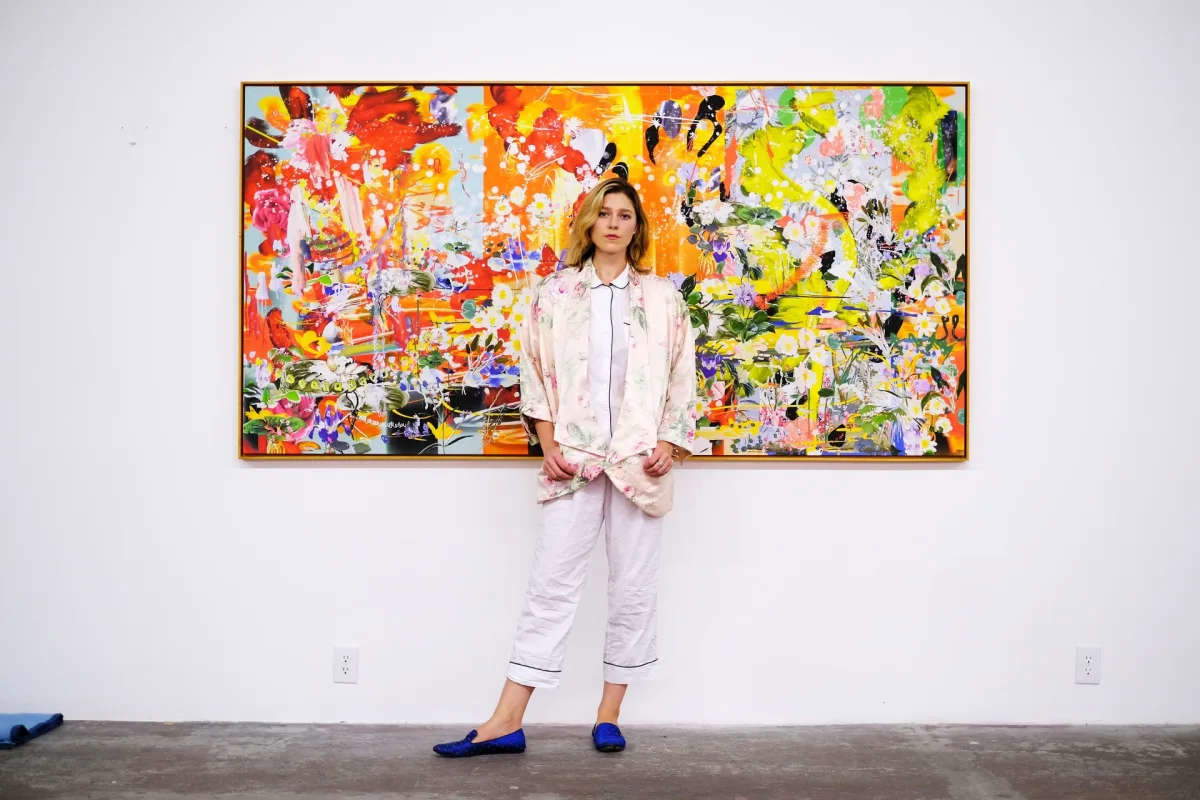
To come into contact with a work by Cortright is not simply to look at it. It means to be looked at by it, to be incorporated into a sensory environment in which the distinction between subject and object is gently shattered. The first encounter is almost always seductive: pastel colors, floral compositions, liquid backgrounds that look like something out of a dream made in “Photoshop” mode. But the longer one stays in it, the more the landscape warps, revealing a subtle uneasiness. What are we really looking at?
Cortright always seems to ask the same question, but each time in a different language. The digital medium allows her a formal freedom that is never an end in itself. Her images are produced using infinite layers in Photoshop, giant .psd files, textures found online, patterns from stock images and fragments of herself. Yes, because after all, even when she does not appear directly, as in her landmark 2007 video VVEBCAM, Petra is always inside the work. Like a genetic trace, like a signature that does not want to declare itself.
And so, one wonders: where doesthe artist endand the software begin? Who shapes who? Looking at works like DEATHKARZ (2018), one cannot avoid perceiving a kind of distributed intelligence, where human hand and automatism coexist. There is no hierarchy. Perhaps this is the real revolution of his work: rejecting the nostalgia of analog, and at the same time not giving in completely to the coldness of digital. Cortright works within that fissure, at that point of friction between human and machine. And from there he brings images to life.
Looking at it, one is reminded of the Zen garden, where every pebble is carefully arranged, yet the viewer knows that nothing is really still. Petra also composes contemplative spaces, but her gardens are not silent: they vibrate, pulsate, sometimes glitch. Yet, they are never cynical. There is no detachment in what she does, even when she ironizes, even when she provokes. There is always a subtle affection, a delicacy that seems to whisper, “there is nothing to understand, only to feel.”
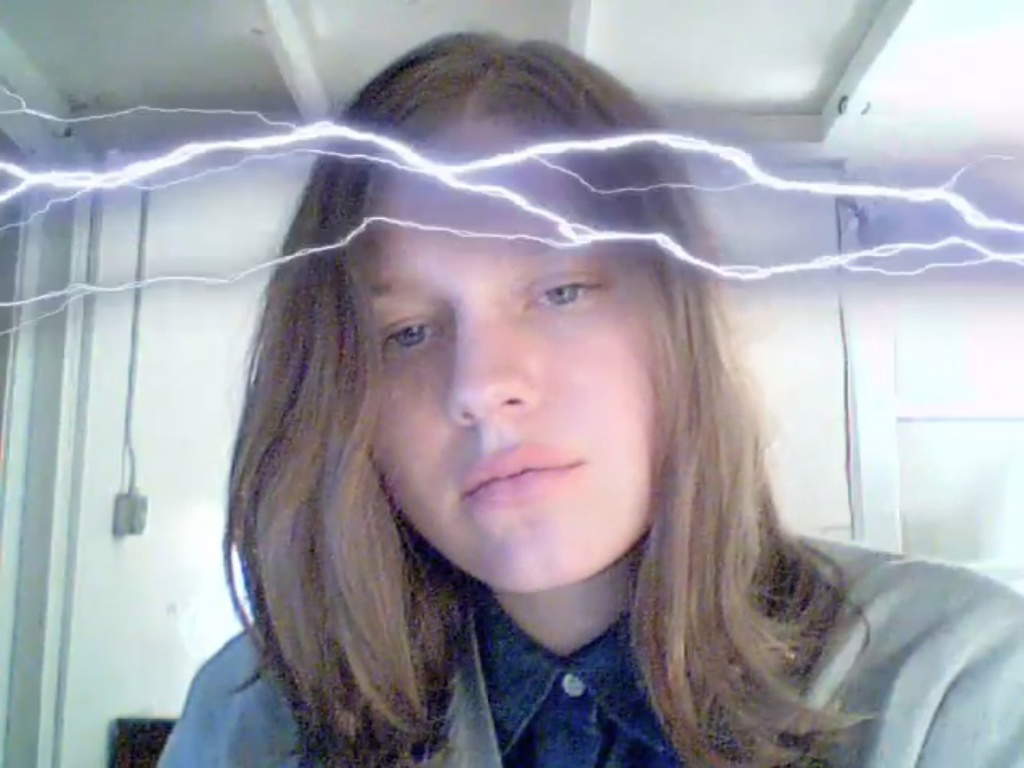
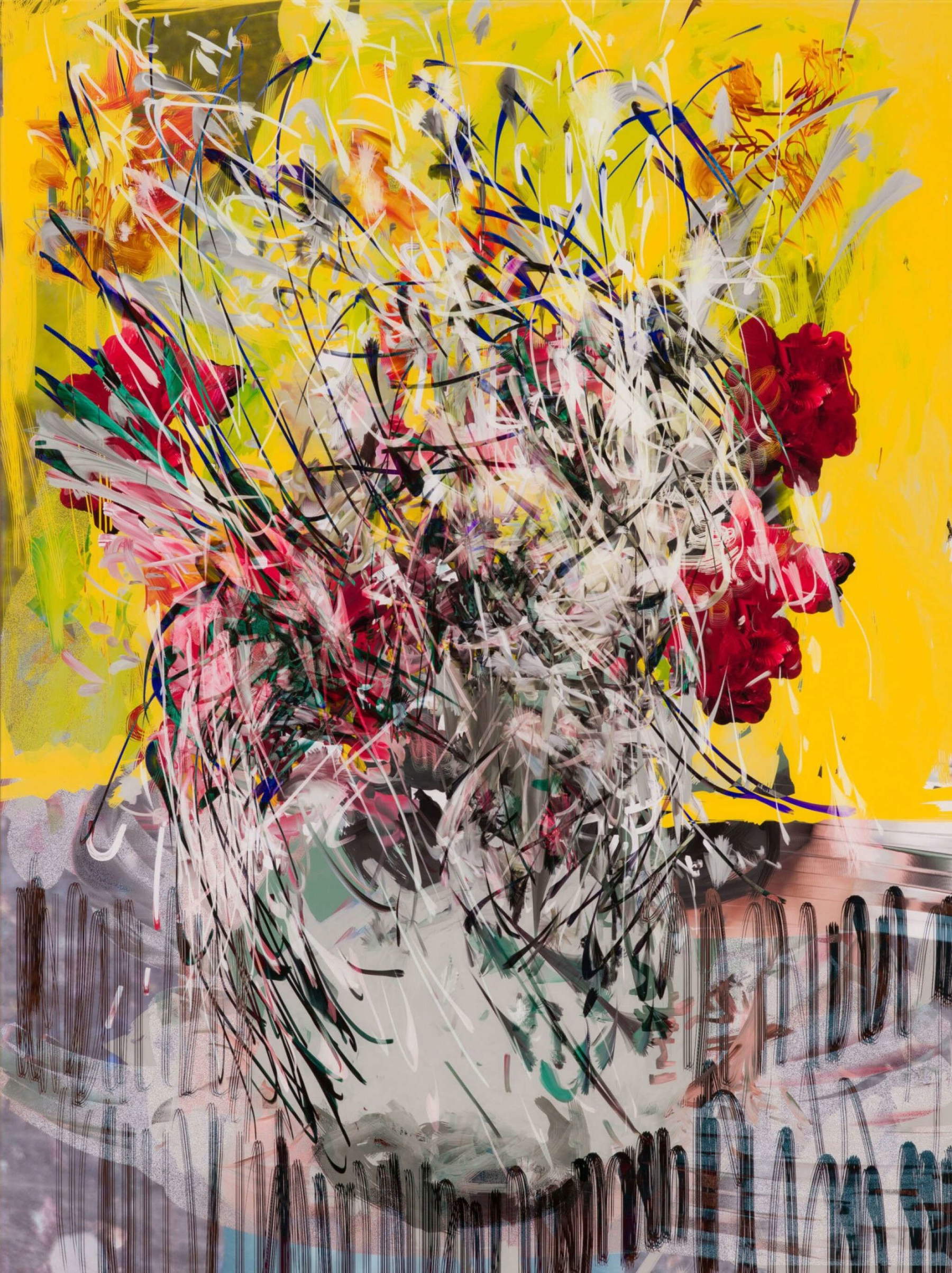
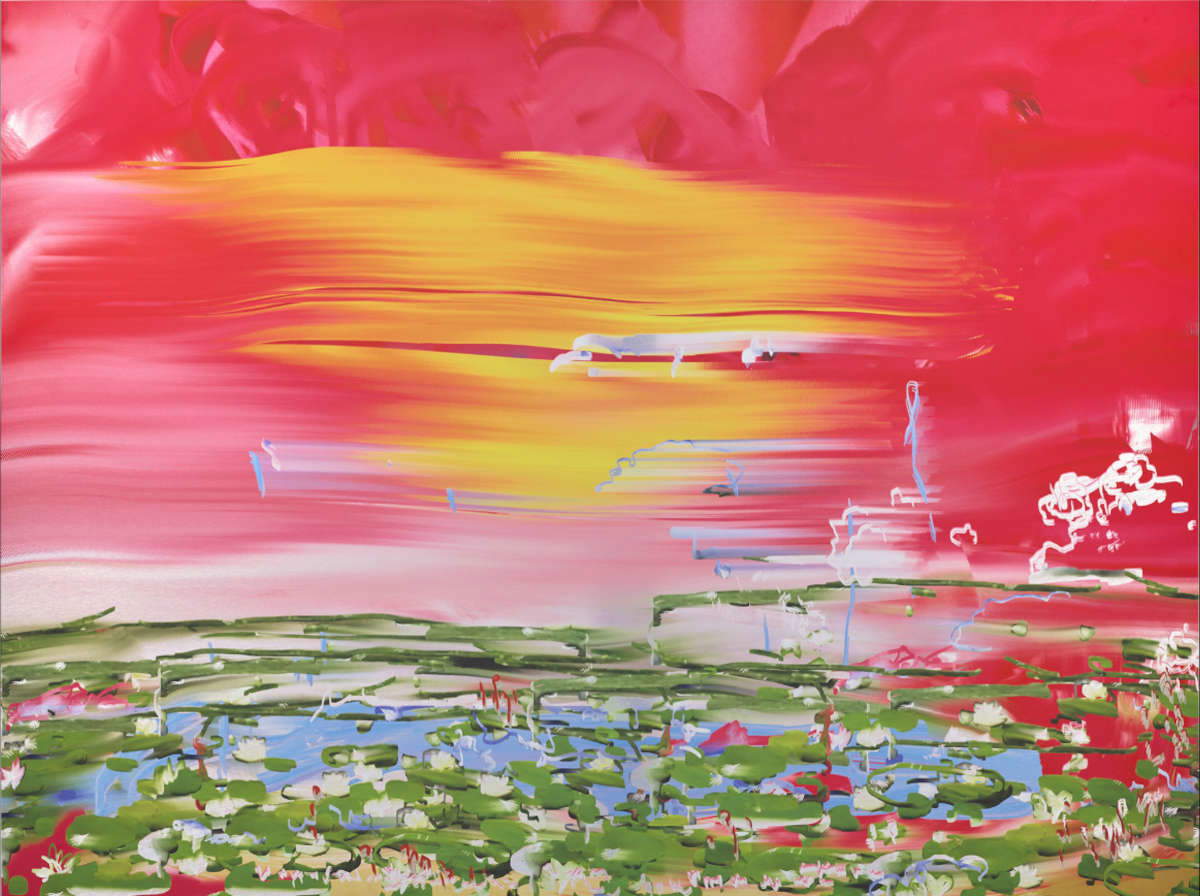
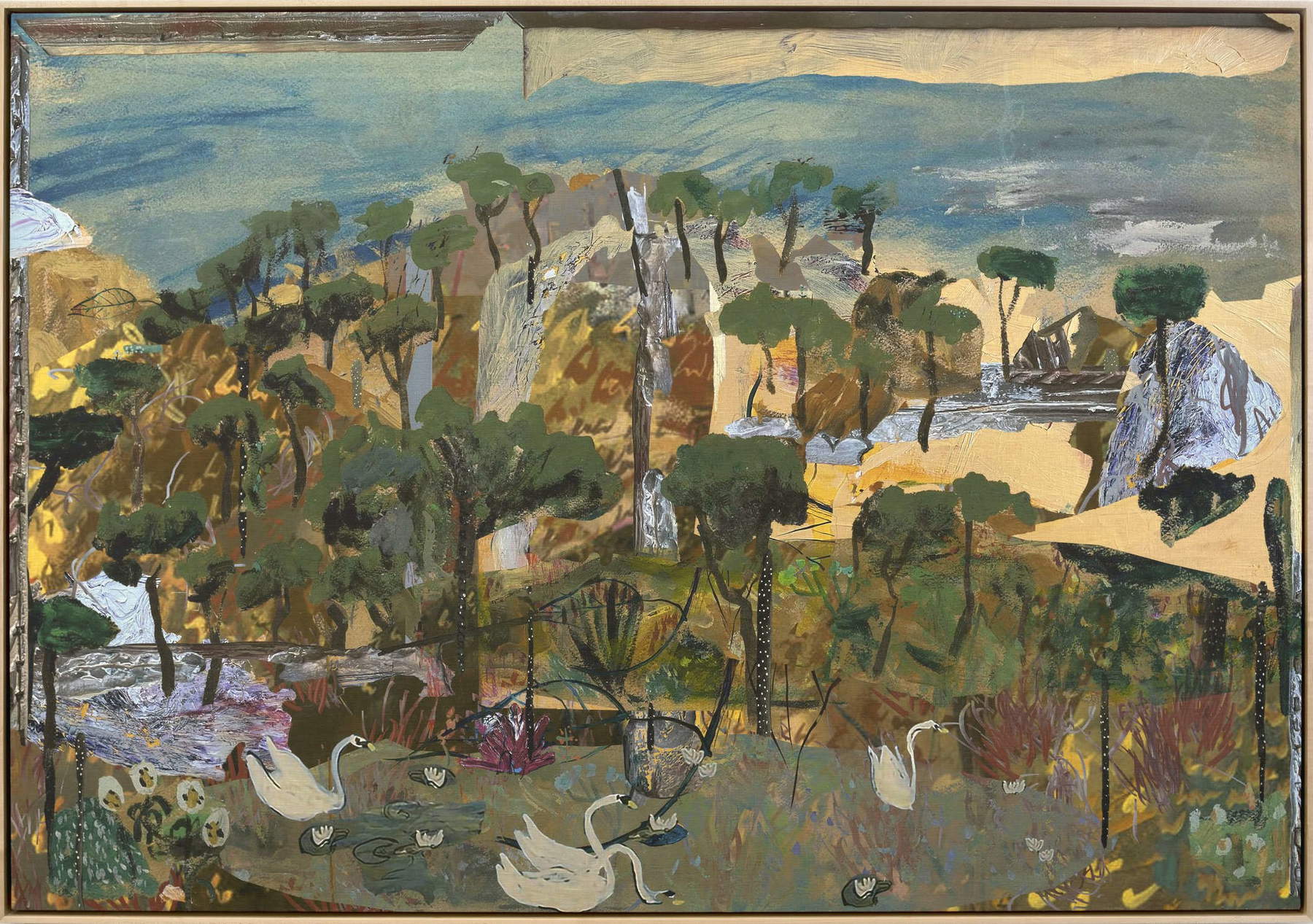
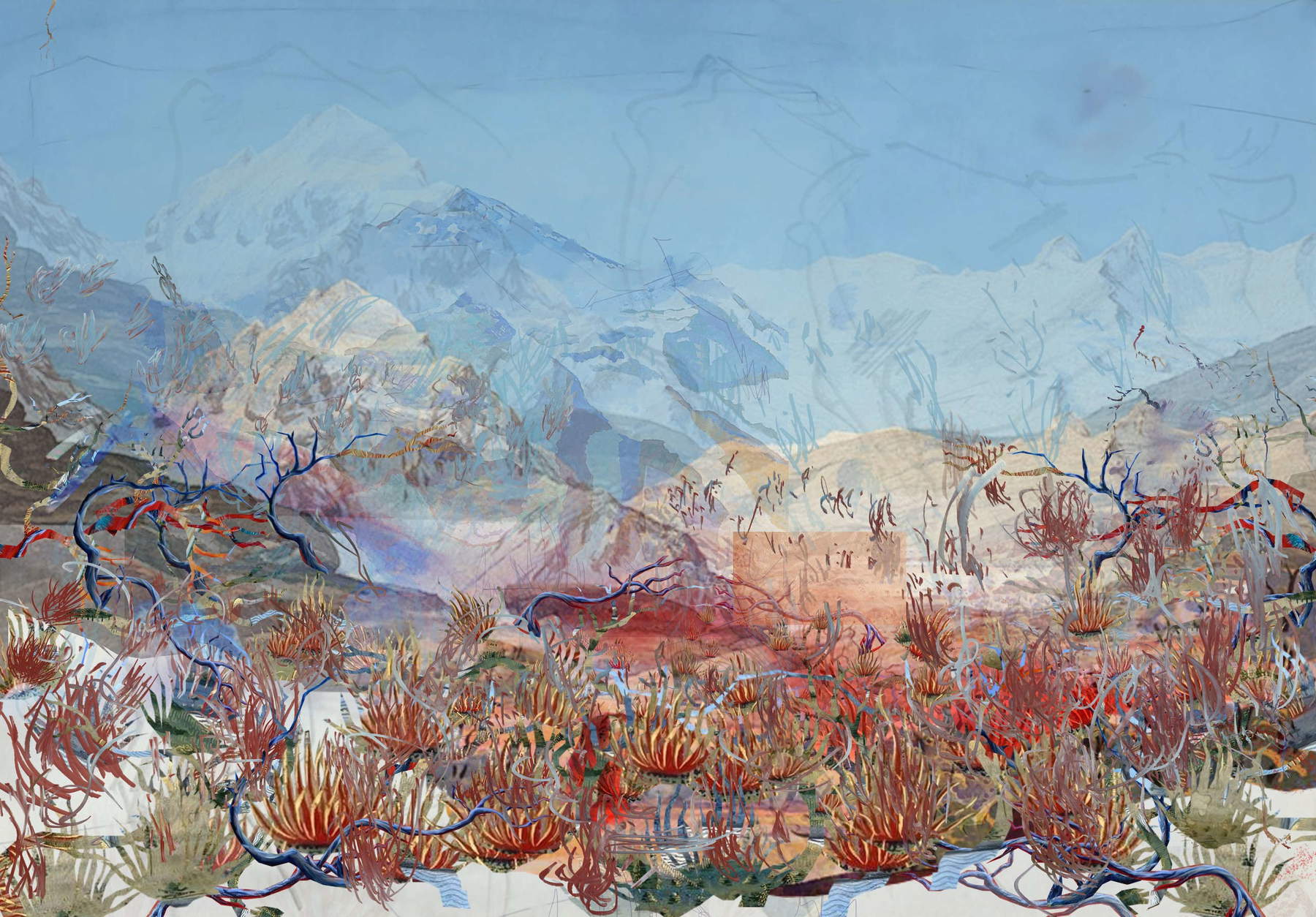
And so we ask ourselves: is this not the real challenge ofart today? In a world where everything must have a meaning, a message, a position, Petra Cortright invites us to return to the pleasure of seeing, to the power of a surface that does not conceal an abyss, but is already, in itself, depth.
Her work does not ask us to be experts. It does not ask us to interpret, but to enter, as one enters an unfamiliar landscape, with curiosity and respect. What happens if we let go? If we stop asking what it means and start asking what it does to us? Perhaps, his art is nothing more than a form of emotional ecology. An invitation to pay attention to surfaces, to treat even what is “virtual” with care, to remind ourselves that even a pixel, if cultivated gracefully, can flourish.
Warning: the translation into English of the original Italian article was created using automatic tools. We undertake to review all articles, but we do not guarantee the total absence of inaccuracies in the translation due to the program. You can find the original by clicking on the ITA button. If you find any mistake,please contact us.